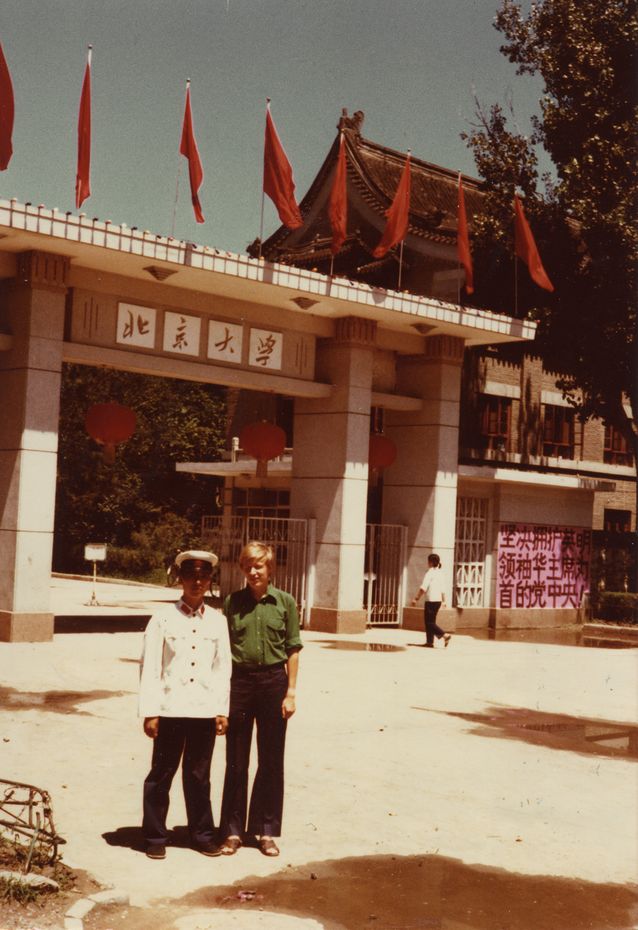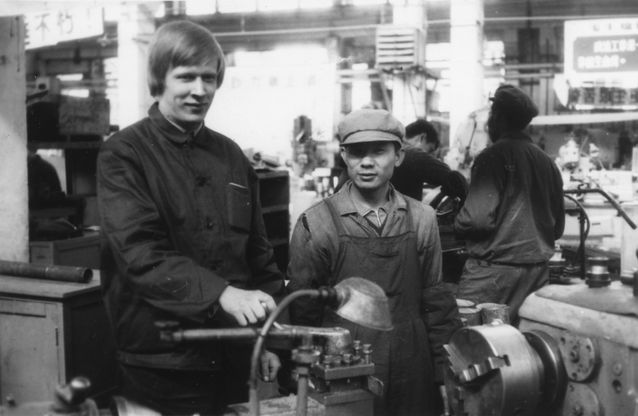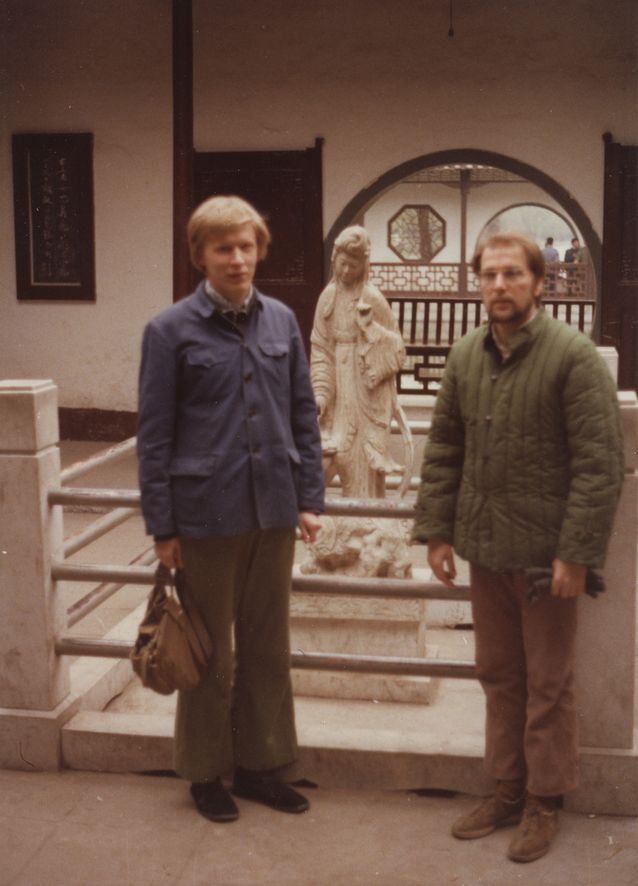Kauko Laitinen
Born May 10, 1951 Kangasniemi
PhD (Sociology) 1985, University of Tokyo
Studies in Japanese language and international relations, 1979–84, Japan
Master of Social Science 1975, University of Helsinki (Political Science)
Studies in Chinese language and history 1975–78, China
University lecturer in Asia-Pacific Studies
Docent in East Asian Studies
Professor of Chinese Studies and director of the Confucius Institute 2014–15, University of Helsinki
Finnish Institute in Japan 2011–14
Confucius Institute 2007–11, University of Helsinki
Research themes:
Adolf Erik Nordenskiöld in Finnish-Japanese relations
Self-governance of islands in the era of regions: comparison between Okinawa and Åland
Finnish-Chinese research collaboration on Carl Gustaf Emil Mannerheim’s 1906–08 ride across Asia.
Publications, research projects and other academic activity
Special achievements:
Report on the possibility of establishing the Finnish institute in Japan
Initiative and preparatory work for making Asia-Pacific Studies a university subject
Initiative to establish the Confucius Institute at the University of Helsinki
Photo: Mika Federley
Written by Kauko Laitinen (Kaija Hartikainen, ed.)
Translated by Matthew Billington



